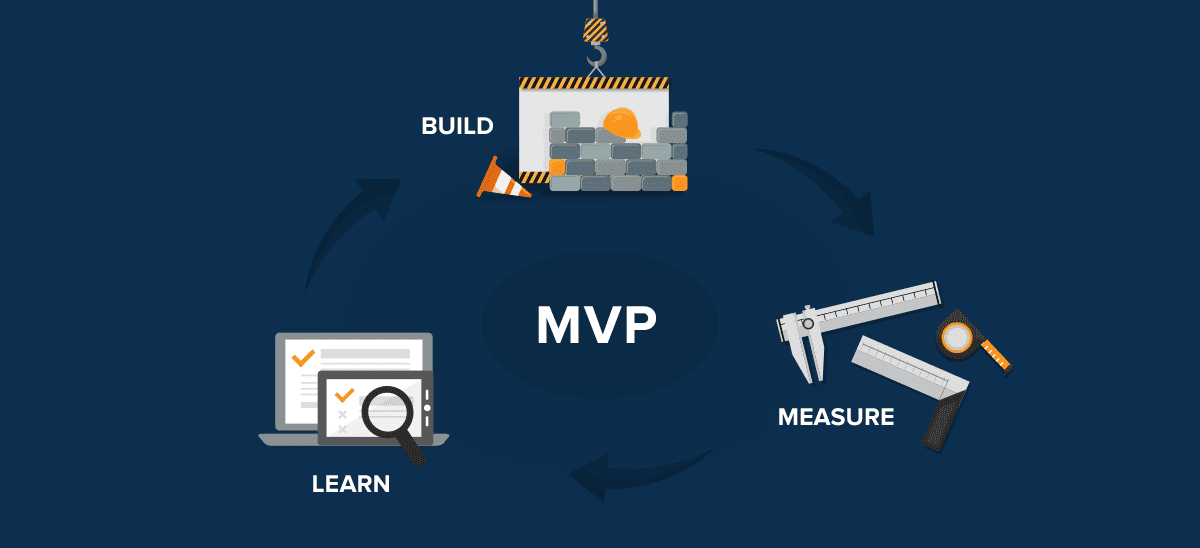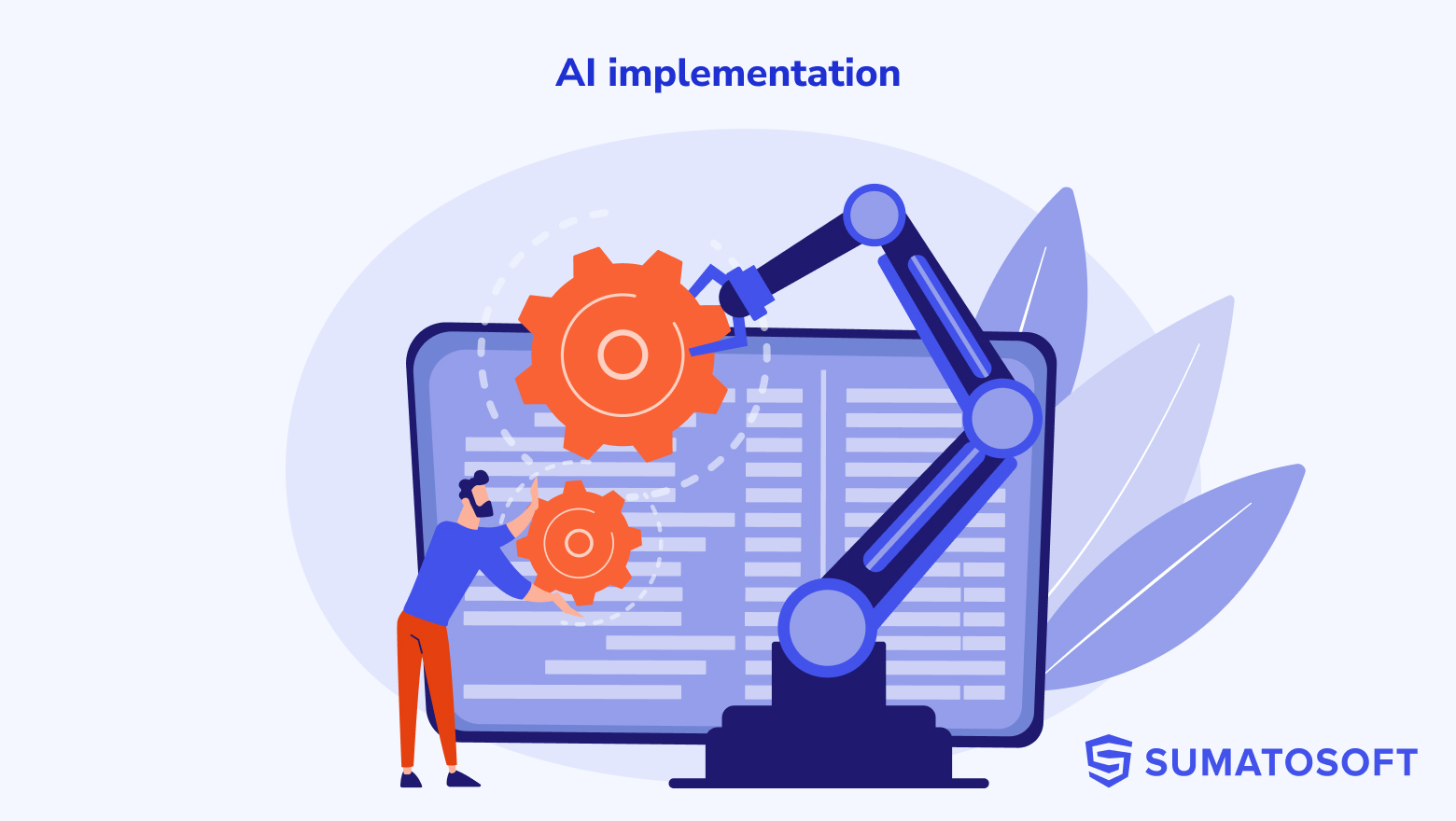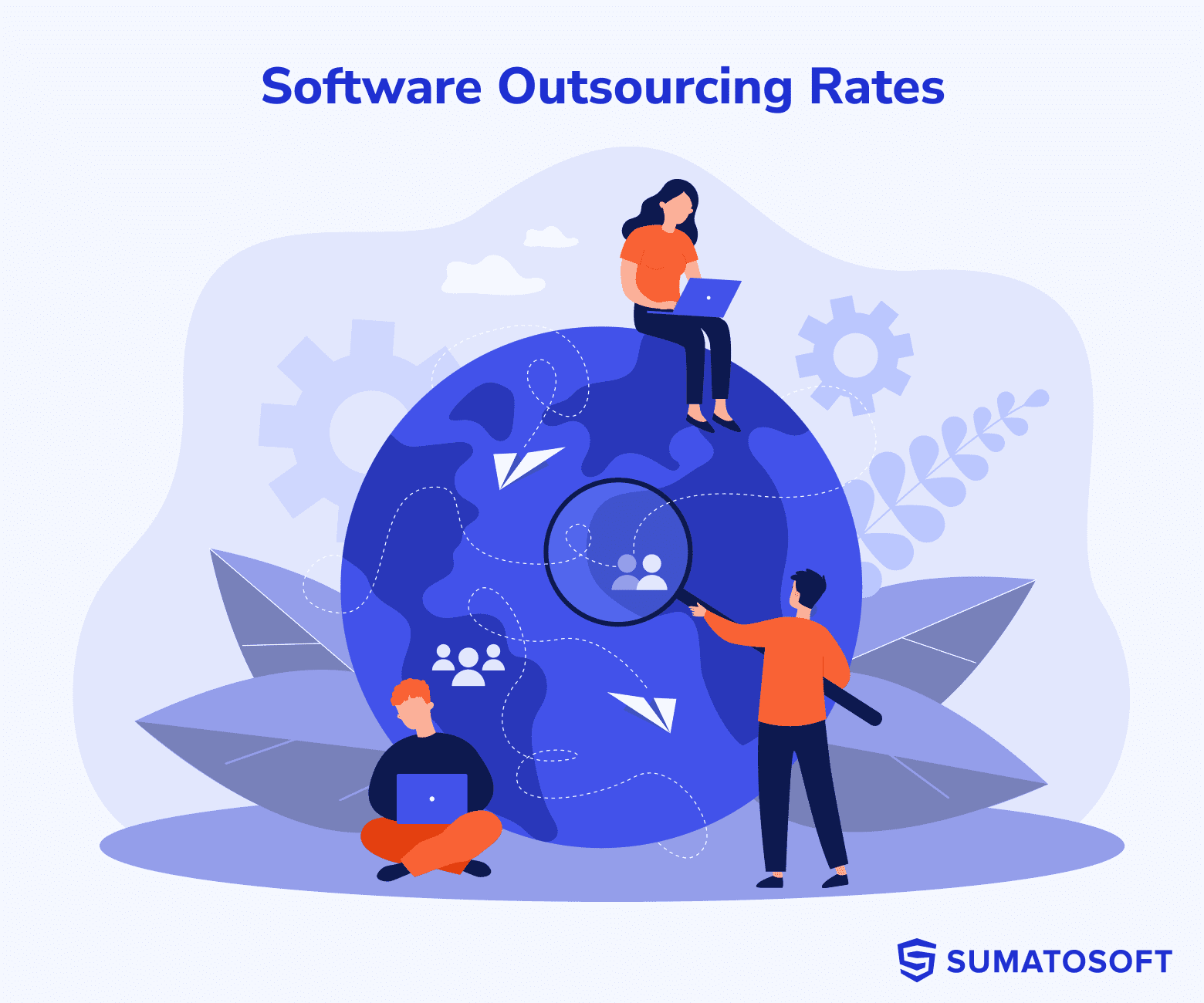How to Use Lean Startup Methodology: Short Review & Tips


We have already talked about choosing an idea for your business. Now you are facing another stage. What are your next steps? You need a strategy, as having a strategy raises your chances of success.
So, what strategy should you stick to? Good news: there is a strategy tailored to startups. Let us examine it and see how you can adapt it for your startup business.
Meet Lean Startup
Lean startup is a methodology introduced by Eric Ries that advocates relatively short development cycles, which allows you to quickly understand whether your business idea is viable. This strategy puts the way potential customers react to your product at the top of the list.
Iterative product development, when you are able to check the feedback of customers about each product version and its features, enables startups to reduce risks, avoid late product releases with unnecessary features and move in the right direction.
If you choose to follow the lean startup strategy, you will protect yourself from wasteful practices and the need to attract more and more investments, which will increase the chance that your startup will avoid failure.
Lean Startup Is a Reliable Way: Chech This
Dropbox: One of the most famous examples of the Lean Startup methodology is Dropbox. Before building a full-featured product, they released a simple video demonstrating how the future product would work. The video went viral, and they used this validation to proceed with building the actual software.
Airbnb: Airbnb initially launched a very basic version of their platform. They used the feedback received from initial users to incrementally improve the service, adding features like professional photography and user reviews, which helped them perfect their platform and service.
Zappos: The founder of Zappos, Nick Swinmurn, started by posting pictures of shoes online to test the demand. Instead of stocking inventory, he bought shoes from local stores to fulfill orders. This allowed him to validate the business idea with minimal risk before scaling it into a billion-dollar company.
Here are the key steps we advise you to take within the framework of the lean startup strategy:
1. Continuously Test Your Product and Adjust Strategy
There is a notion in the lean startup methodology called Pivot. According to Eric Ries, it is a structured course correction aimed at testing a new theory about the company’s strategy, product and growth engine. Businesses that are not able to make themselves pivot to a new direction drawing on feedback from the market can slump into stagnation. For startups, it is an indictment.
Our advice:
Focus your efforts on the constant checking of your business idea viability. Think of the market as a living, dynamic entity: yesterday you had no competitors and today you already have a few. So, you need to constantly adjust your business and product strategy to the ever-changing environment, find new ways, gather potential customers’ feedback and make the necessary changes.
2. Create a Minimum Viable Product (MVP)

Minimum viable product is an integral part of the build-measure-learn approach within the lean startup strategy (we will describe it in the following paragraph).
By releasing an MVP with a minimum set of crucial features, a startup can then get customer feedback and based on it tailor the product or service to the needs and wishes of customers.
Our advice:
You should develop an MVP and release it as soon as possible, making it available to your potential customers. Why? We have already spoken about it in detail on Medium.
Just avoid spending your time, efforts, and resources on features that are not the top priority, and roll out your MVP as quickly as possible.
After all, as LinkedIn Co-founder Reid Hoffman said, “If you are not embarrassed by the first version of your product, you’ve launched too late.”
3. Build, Measure, Learn

Startups are all about turning ideas into real products. As you may have realized, building an MVP is the first step, then you should measure how your potential customers react to it and finally learn from their feedback, whether you should persevere or pivot.
Our advice:
1. Use a data-driven approach to decision-making
Take full advantage of measuring and decide on your next steps based on the raw data.
2. Be flexible
Get ready to change your plans if necessary, change the way you see the product, and see it from the clients’ side.
3. Be patient
You have shown flexibility and corrected your course; however, the news from the marketplace is bad. Again. But you are testing the market and your product feasibility, this is just the beginning, and the game changes every day.
Prepare to pivot multiple times before you persevere. Look at failures as opportunities to learn and lessons that will help you in the future.
SumatoSoft is not new to software development for startups. Our team has worked with a number of startups and contributed to bringing brilliant ideas to life. We will be glad to make your business idea a reality. Just get in touch via the email info@sumatosoft.com and write the word Startup in the subject line.
Timeline for Implementing Lean Startup Methodology
Week 1-2: Initial Idea and Market Research
Conduct customer interviews, online surveys, and competitor analysis.
Week 3-4: Develop a Minimum Viable Product (MVP)
Work on creating the most basic version of your product that solves the problem.
Week 5-6: Test the MVP
Launch the MVP to a small segment of your target market and gather feedback.
Week 7-8: Analyze Results and Pivot or Persevere
Make data-driven decisions based on the feedback and analytics.
Week 9-12: Iterate or Scale
Either make necessary changes to the MVP based on feedback or, if the feedback is positive, start to scale the product.
Ongoing: Continuous Improvement
Continue to gather data, make improvements, and possibly pivot until the product is fully optimized.
Further Reading
- “The Lean Startup” by Eric Ries: This is the foundational book that introduced the Lean Startup methodology. It’s a must-read for anyone considering this approach.
- “Running Lean” by Ash Maurya: This book focuses on the Lean Canvas, a one-page business plan template that helps you deconstruct your idea into its essential elements.
- “Lean Analytics” by Ben Yoskovitz and Alistair Croll: This book will teach you how to measure the metrics that actually matter when you’re building a Lean Startup.
- “Hooked” by Nir Eyal: This book focuses on the psychology behind successful products and how to build habit-forming features.
- Online Courses: Websites like Coursera, Udemy, and edX offer various courses on the Lean Startup methodology that range from beginner to advanced levels.
P.S.
This article is the first in the series devoted to software development. In this series of articles we will share our expertise and tips on various aspects: business analysis and requirements gathering, UX design and usability, the role of quality assurance and testing, software development and continuous integration, communication with outsourcing companies, and many more. Stay tuned!
Let’s start
If you have any questions, email us info@sumatosoft.com




